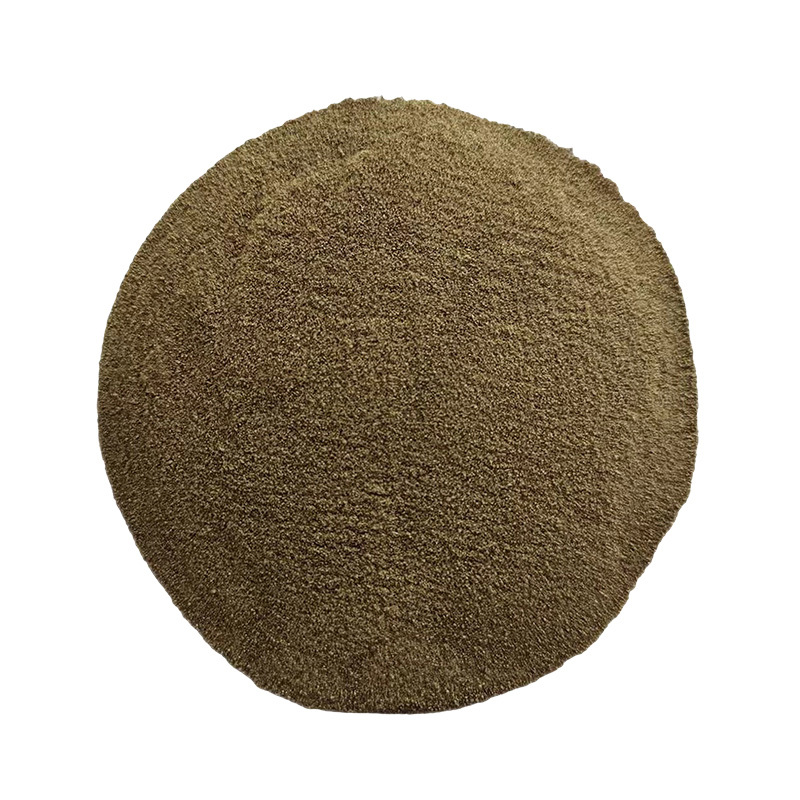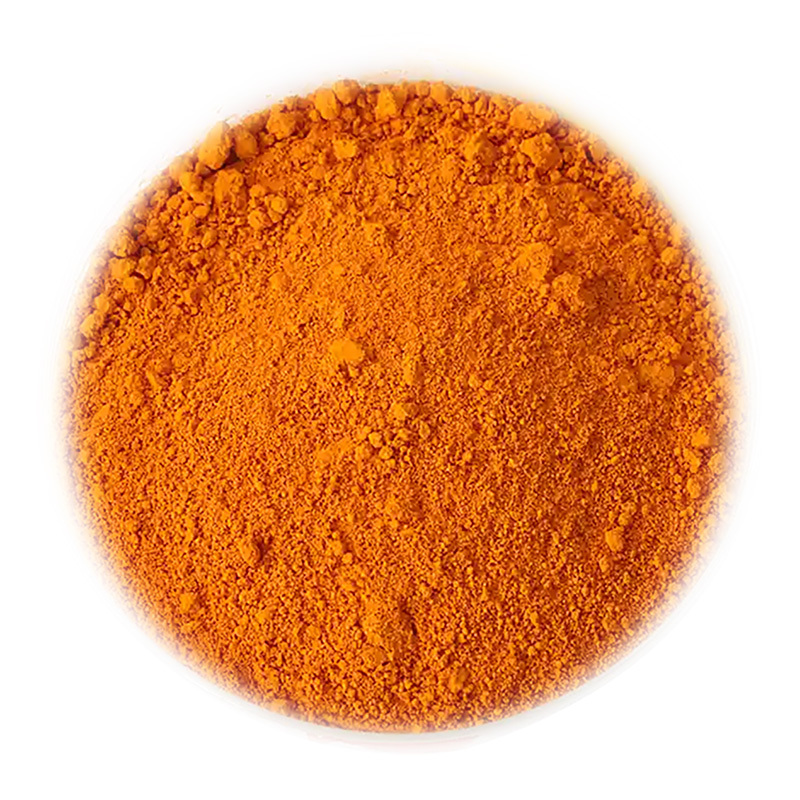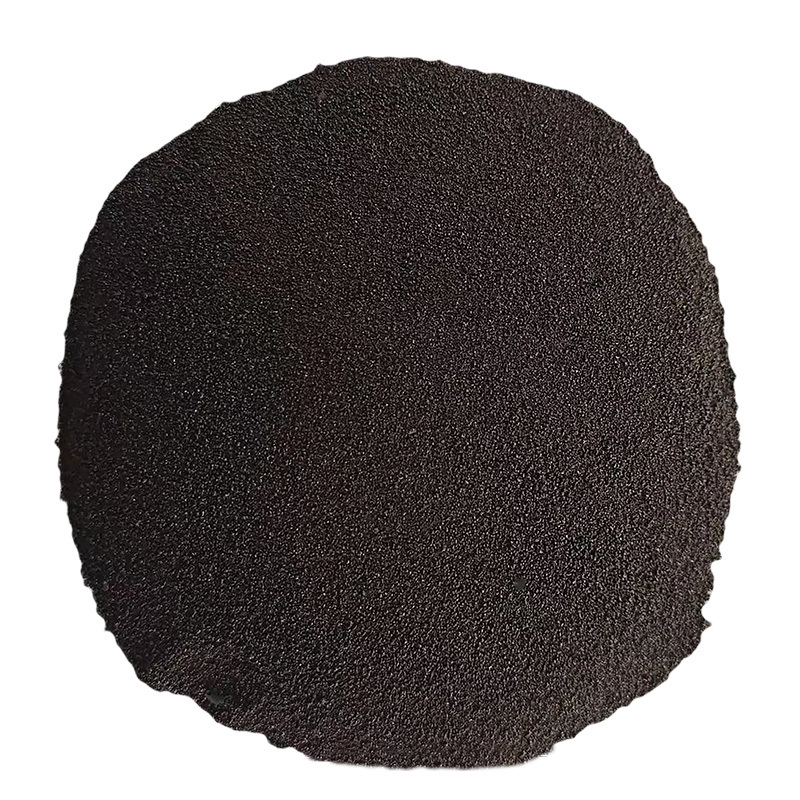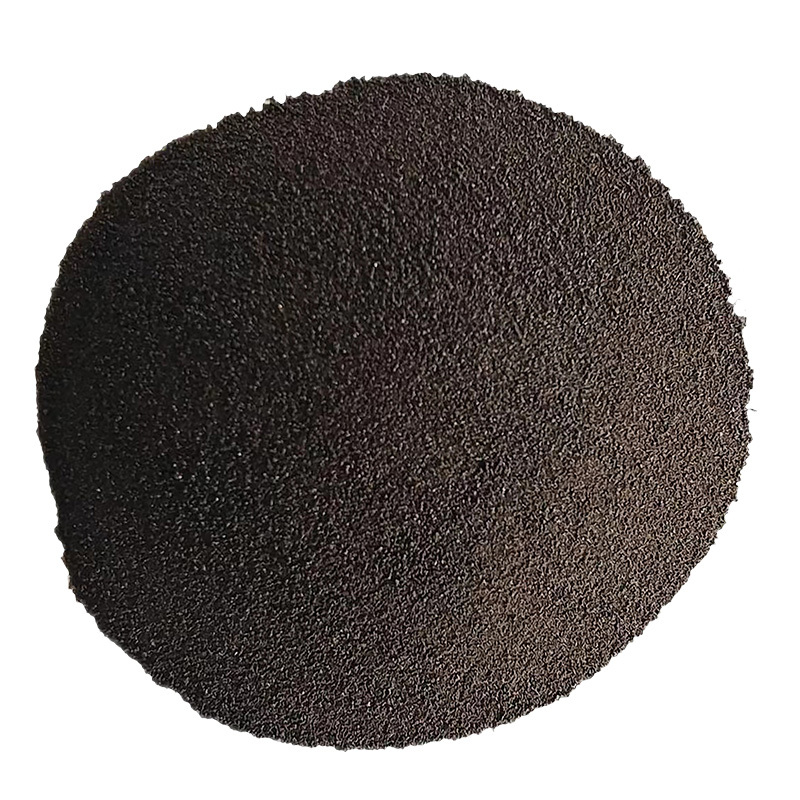2025/10/01
Understanding the Role of Dispersing Agents for Disperse Dyes in the Chemical Industry
Dispersing agents play a crucial role in the application of disperse dyes, which are widely used in textile and various other industries for coloring synthetic fibers. These agents are surfactants that help to break down the dye particles, allowing them to remain evenly distributed in a solution and preventing them from aggregating. This uniform distribution is essential for achieving consistent c
2025/09/29
Understanding the Chemistry: How Dispersing Agents Work in Polyester Dyeing
Understanding the Chemistry: How Dispersing Agents Work in Polyester Dyeing Table of Contents 1. Introduction to Dispersing Agents 2. The Importance of Dispersing Agents in Dyeing 3. Chemical Properties of Dispersing Agents 4. How Dispersing Agents Work in Polyester Dyeing 5. Types of Dispersing Agents Used in Dyeing 6. Benefits of Using Dispersing Agents in Polyester Dyeing 7. Chal
2025/09/27
Understanding the Role of Dispersing Agents for Pigments in Chemical Applications
In the world of chemical formulations, particularly in the paint, coatings, and plastics industries, the use of pigments is essential for achieving desired aesthetic and functional properties. However, one of the primary challenges encountered when working with pigments is their tendency to agglomerate, which can adversely affect the final product's appearance and performance. This is where disper
2025/09/25
Top Benefits of Using Dispersing Agents in Industrial Applications
Top Benefits of Using Dispersing Agents in Industrial Applications Understanding Dispersing Agents: What Are They? Dispersing agents, also known as dispersants or wetting agents, are substances that facilitate the uniform distribution of solid particles in a liquid medium. They are critical in various industrial applications, such as paints, coatings, inks, and even in pharmaceuticals. Their prima
2025/09/23
Understanding Reduction Dye Dispersants: Key Insights for the Chemical Industry
Reduction dye dispersants are specialized surfactants designed to enhance the solubility and stability of reduction dyes in various applications, particularly in textiles and coatings. These dispersants play a crucial role in ensuring uniform coloration, improving the overall quality of the dyeing process, and optimizing the performance of the final product. One of the primary functions of reducti








